Mahindra Electric, a pioneering force in India’s electric vehicle (EV) market, has encountered a significant slowdown in sales during the second quarter (Q2) of the year. Despite being a prominent player in the electric mobility sector, the company’s performance has taken a hit, raising questions about the hurdles it faces in maintaining growth in an increasingly competitive environment. As the global push towards sustainable transportation accelerates, Mahindra Electric’s struggle highlights the challenges that even established companies face in the fast-evolving EV landscape.
The Rise of Electric Vehicles in India
India has been making concerted efforts to transition towards greener transportation solutions. Electric vehicles, seen as the future of mobility, have garnered substantial attention from both the government and consumers. The Indian government has implemented several initiatives to boost the adoption of EVs, including tax rebates and subsidies under schemes like the Faster Adoption and Manufacturing of Hybrid and Electric Vehicles (FAME). As a result, the EV market is expected to grow exponentially over the next few years.
Mahindra Electric, with its long-standing presence in the market, was in a prime position to capitalize on this growth. The company introduced vehicles like the Mahindra e2o and eVerito, which were some of the first electric cars available in India. However, despite early success, the second quarter of this year saw a slowdown in the company’s EV sales, causing concern among industry observers and stakeholders.
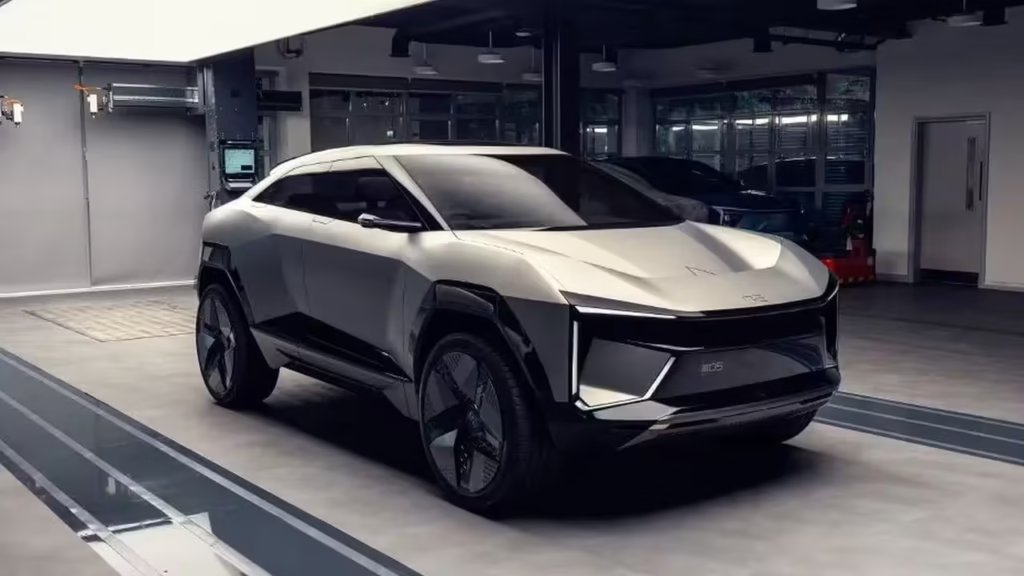
Challenges Behind the Slowdown
There are several factors contributing to Mahindra Electric’s dip in sales during Q2, with both external market conditions and internal operational challenges playing a role.
1. Increased Competition in the EV Market
The Indian electric vehicle market is becoming increasingly competitive, with several new players and established automakers entering the space. Tata Motors, one of the country’s biggest automakers, has made significant strides in the EV segment with its successful Nexon EV. This model, among others, has quickly gained popularity due to its impressive range, performance, and relatively affordable price tag.
Mahindra Electric, despite being an early leader, now faces stiff competition from companies that have more extensive resources and a wider range of products. While Mahindra’s offerings like the eVerito and e2o are still seen as affordable options, they are beginning to show their age when compared to newer, more advanced electric vehicles.
2. Range Anxiety and Infrastructure Limitations
One of the biggest challenges for all EV manufacturers, including Mahindra Electric, is range anxiety — the fear that a vehicle’s battery will run out before reaching a charging point. Although Mahindra has made strides in improving the range of its electric vehicles, these models still face limitations when compared to their internal combustion engine counterparts, which can be refueled in a matter of minutes.
Moreover, while the government and private players are working on expanding the EV charging infrastructure in India, it is still insufficient in many regions, particularly in smaller cities and rural areas. This lack of accessible charging stations limits the widespread adoption of EVs, which has a direct impact on sales.
3. Rising Raw Material Costs
The global shortage of critical raw materials, such as lithium and cobalt, which are essential for EV batteries, has led to a rise in manufacturing costs. This has resulted in higher prices for electric vehicles, which could be a major deterrent for price-sensitive customers, particularly in a price-conscious market like India. For Mahindra Electric, maintaining affordability while keeping up with rising costs has become a delicate balancing act.
Additionally, the ongoing supply chain disruptions, especially in the wake of the pandemic, have affected the availability of key components like semiconductor chips. These issues have further delayed production and limited the availability of vehicles for potential buyers, contributing to the slowdown in sales.
4. Limited Product Portfolio
While Mahindra Electric has introduced models like the eVerito and the e2o, its product portfolio remains somewhat limited compared to the growing demands of the Indian market. Consumers are looking for a wider variety of electric vehicles, including electric SUVs, sedans, and more affordable models. Mahindra Electric has yet to launch new models that align with these demands, which puts it at a disadvantage as new entrants are offering more diverse EV options.
The limited variety in Mahindra’s electric lineup makes it harder for the company to attract different customer segments. Buyers today expect options that suit their specific needs, whether it’s for urban commuting or for longer drives. As the demand for more versatile EVs rises, Mahindra must broaden its range to stay competitive.
Steps Mahindra Electric Can Take to Regain Momentum
To address the challenges it faces and recover from the Q2 slowdown, Mahindra Electric must adapt to the rapidly evolving EV market. Here are a few steps that could help the company regain momentum:
1. Expanding the EV Portfolio
To remain competitive, Mahindra Electric must expand its range of electric vehicles to include more diverse options. The introduction of electric SUVs, compact cars, and more premium offerings could cater to a broader range of customers. Diversifying its product lineup will allow Mahindra to tap into different market segments and stay relevant in an increasingly competitive market.
2. Enhancing Range and Charging Infrastructure
Mahindra Electric can invest in improving the range of its vehicles to address the persistent issue of range anxiety. In addition to offering longer ranges, it can partner with stakeholders to improve the charging infrastructure across the country. Building a stronger network of charging stations would significantly improve consumer confidence in EVs, especially in rural and semi-urban areas.
3. Focusing on Technological Innovation
With the EV market becoming more technology-driven, Mahindra Electric should invest in research and development to enhance its vehicles’ technology. This could include improvements in battery technology for longer range, better performance, and faster charging capabilities. Adding more advanced features like connectivity, autonomous driving options, and intelligent fleet management solutions would make Mahindra’s EVs more attractive to tech-savvy consumers.
4. Competitive Pricing Strategy
In order to stay competitive, Mahindra Electric may need to rethink its pricing strategy. By offering more affordable electric vehicles, it can appeal to a larger segment of the market. The company could also explore partnerships with financial institutions to offer attractive financing options, making EVs more accessible to a wider audience.
Conclusion
Mahindra Electric’s slowdown in Q2 serves as a stark reminder of the challenges in the evolving EV market. As competition intensifies, Mahindra must innovate and adapt to the changing landscape of the electric vehicle sector. By expanding its product lineup, addressing consumer concerns around range and charging infrastructure, and implementing a competitive pricing strategy, Mahindra Electric can reestablish itself as a leader in India’s electric mobility revolution. The road ahead may be challenging, but with the right strategies, Mahindra Electric can navigate through these hurdles and continue its journey towards a sustainable future.







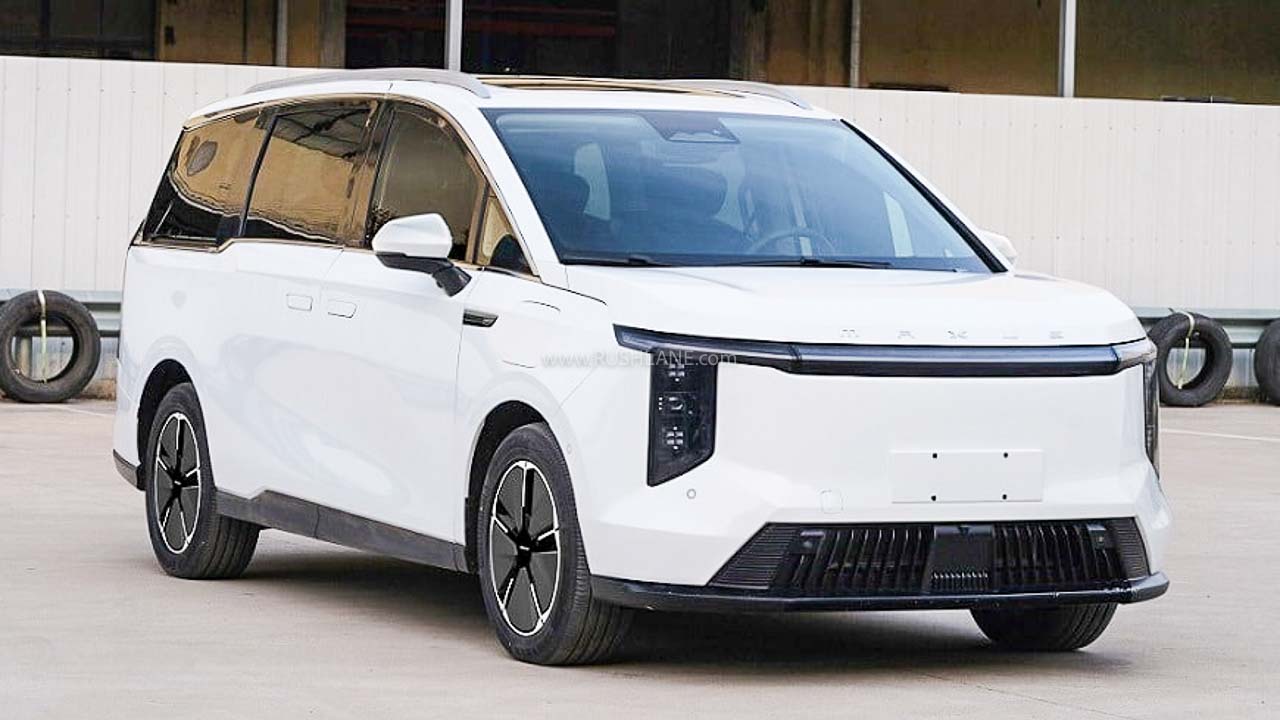
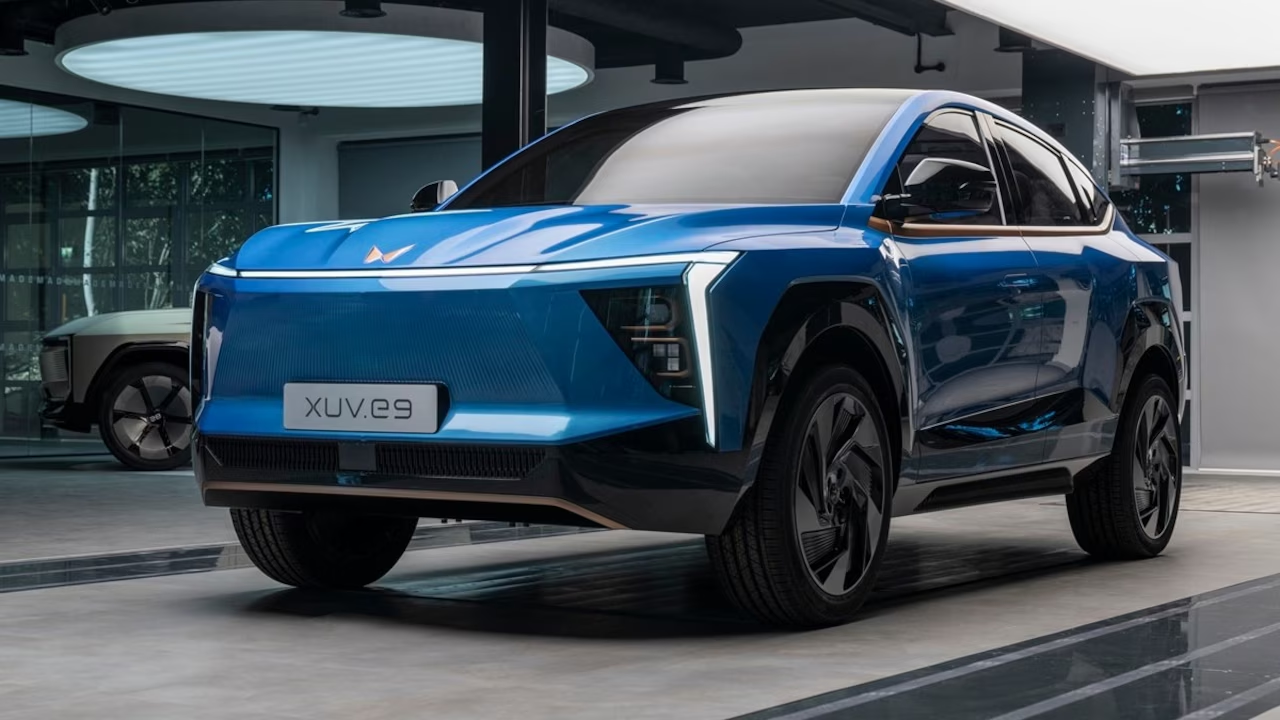
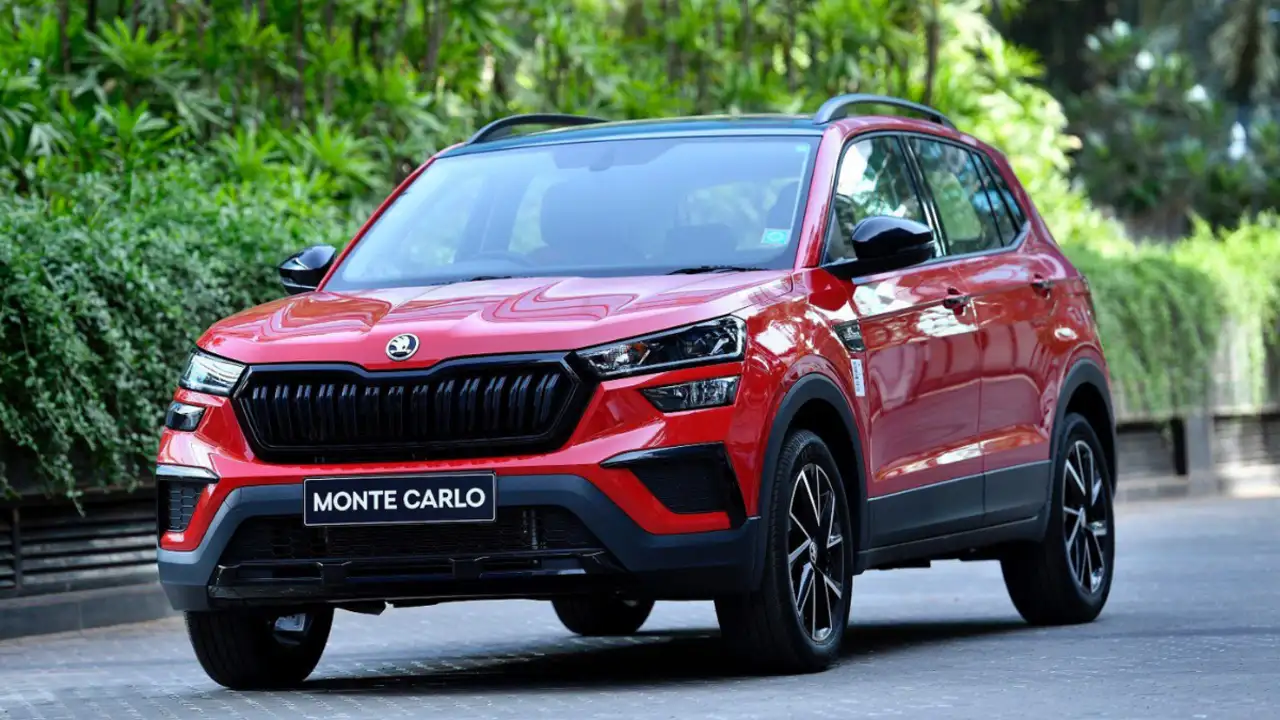
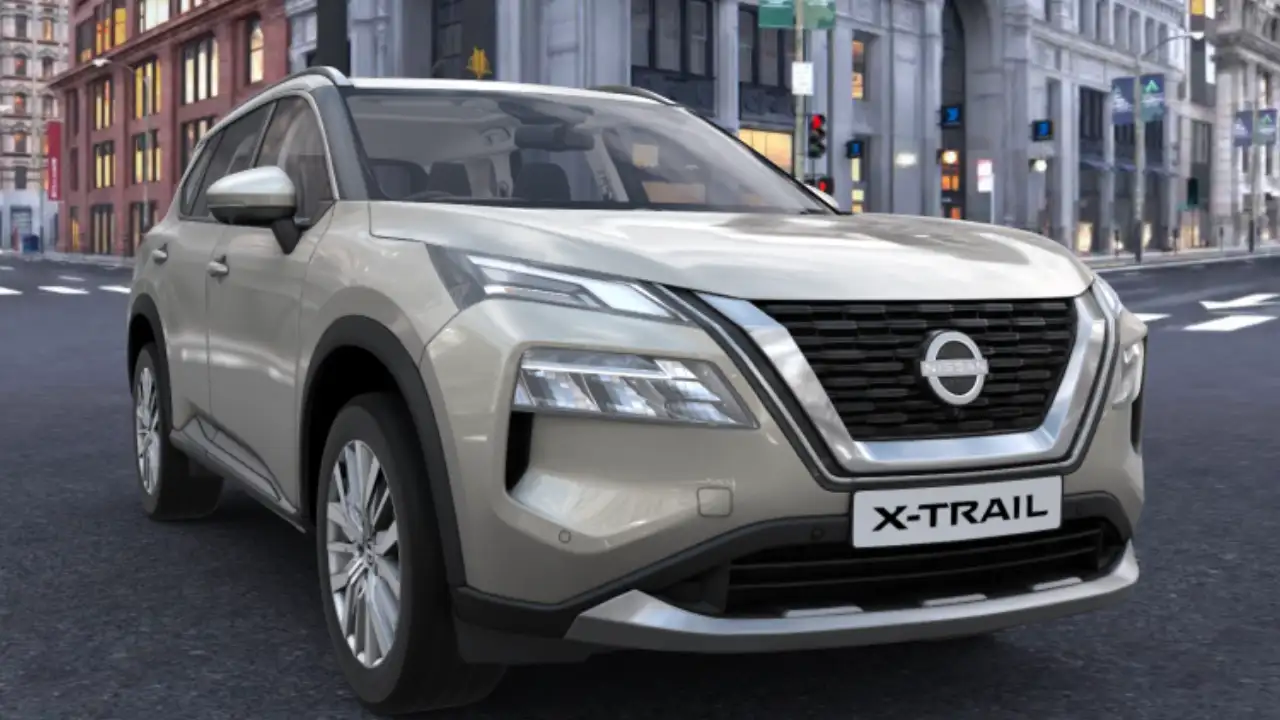
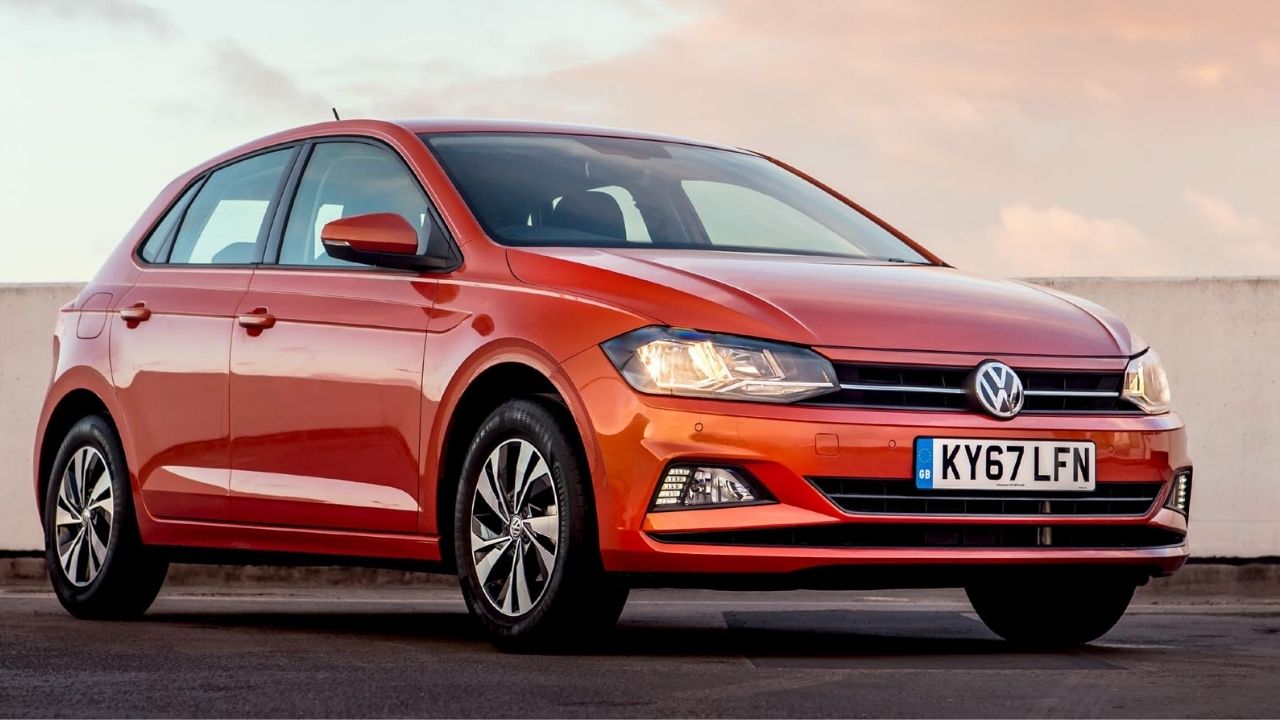
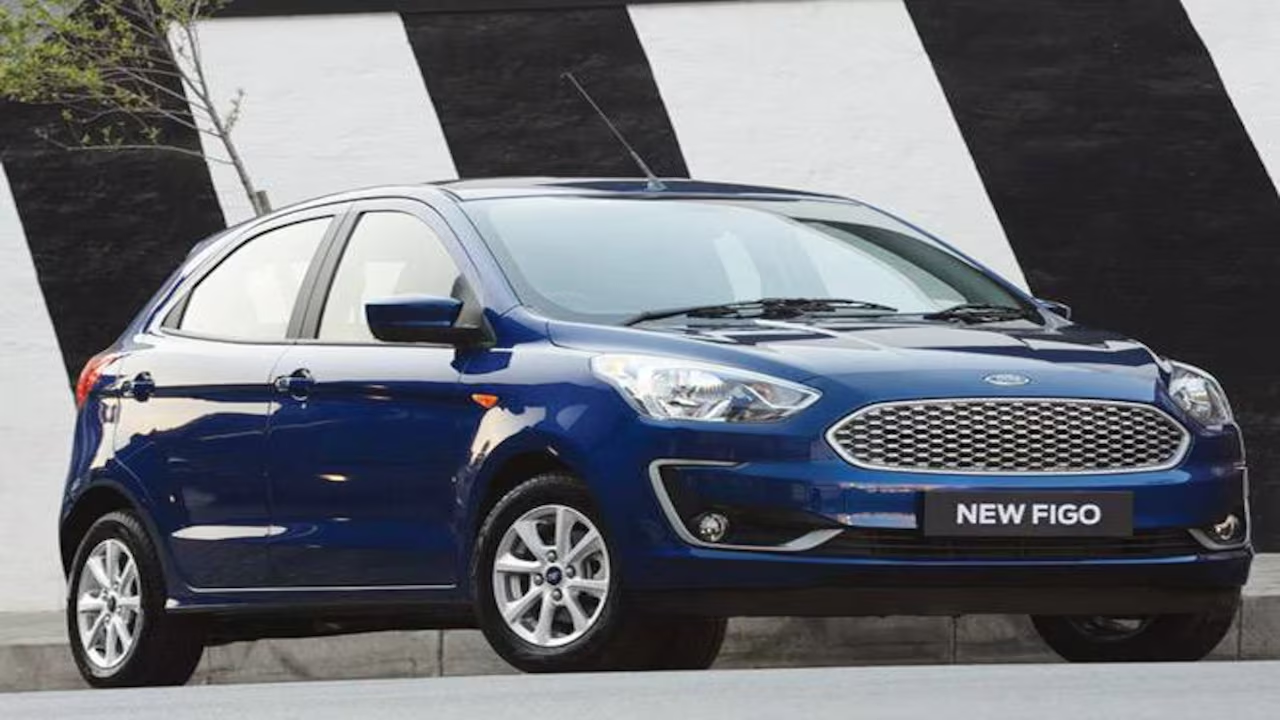
Leave a Reply